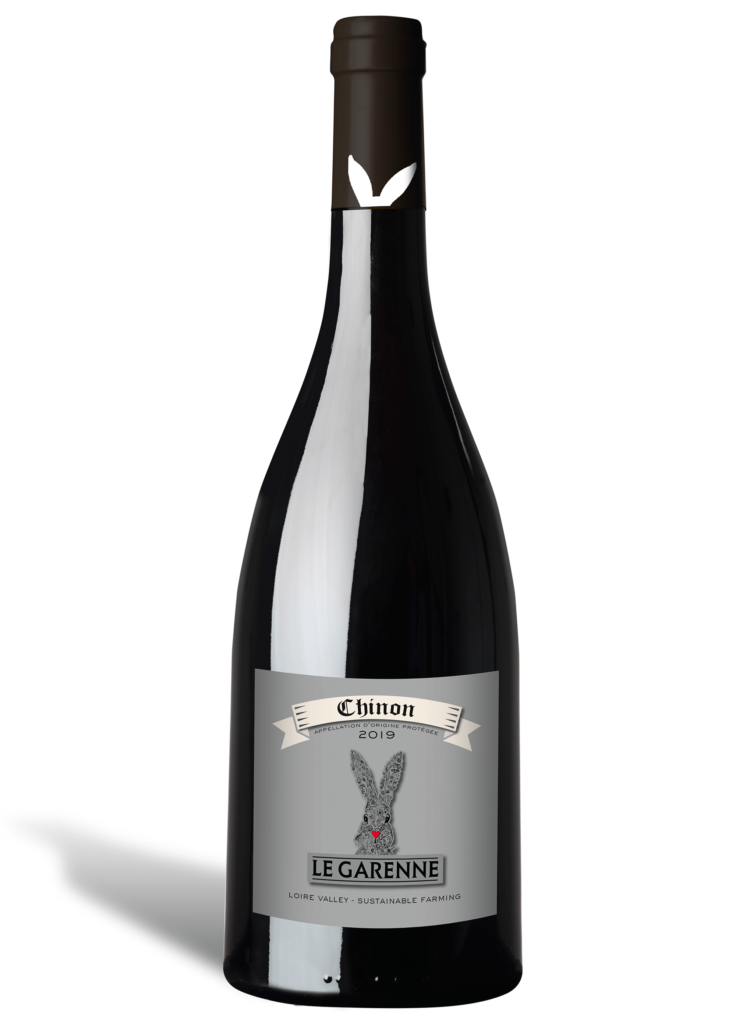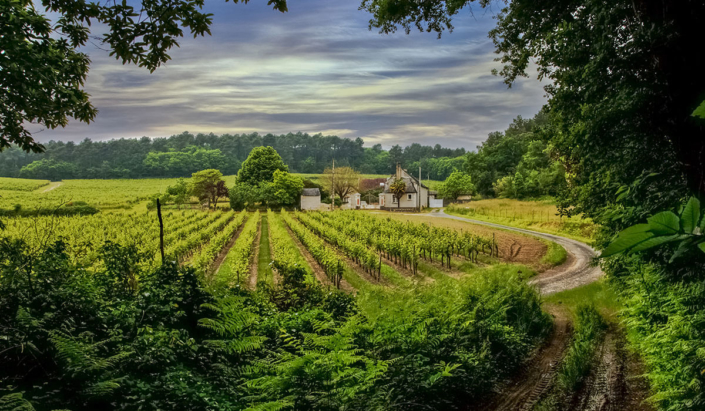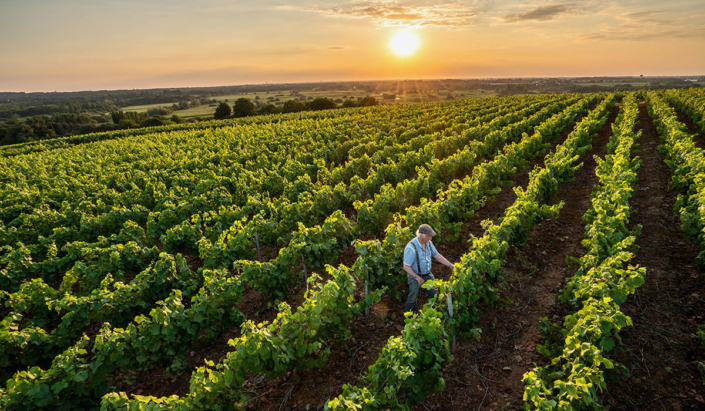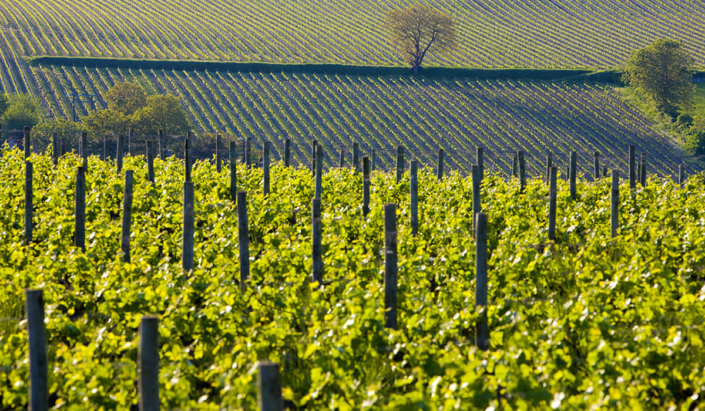Le Garenne Wines
Chinon
By the Fire place
Pure expression of Cabernet Franc
This is the appellation covering wines produced around the historic town of Chinon, in the central Loire Valley. The confluence of the Loire and Vienne rivers marks the start of mild Atlantic conditions. The oceanic climate sweeps through the two valleys, reaching the most distant hillsides and terraces. Slopes are oriented east to west, enjoying excellent, sunny southern exposures; the microclimate is ideal for growing Cabernet Franc. The soils there can be divided roughly into three key types.
The gravel-sand and clay-sand soils close to the banks of the Loire generate lighter, fresher styles, while those hillside sites rich in the local “tuffeau jaune” produce more full-bodied darker, richer, spicier wines with more cellaring potential. This area has been producing wine for many centuries, and although wines of all three colors are made there, the focus is now very clearly on red wines. The typical, quintessential Chinon wine is seen as a Red with attitude: tannic, leafy, berry-scented and made from the Cabernet Franc grape variety —known in this area as Breton. Chinon wines are the softest and rich expression of the grape. In the 19th century, they were compared favorably by critics to the wines of Chateau Margaux and even today is considered some of the best expression of the Cabernet franc grape. The wines from this region can achieve a nice purple color with notes of raspberry fruit and graphite. Unlike Cabernet franc from warmer climates, Chinon are typically served slightly cooler than most red wine and can be long kept in the cellar.
Explore the 5 major Loire growing areas from where our wines were produced
The best wine experience for your Natural lifestyle
Health
- Natural, sustainable wines
- Wild Native Yeast
- Low sulfites
- No additives for color, flavor or texture
- Purity and minerality full expression
Environment
- Family-farm handcrafted
- Benefits to local communities
- Preserve wildlife habitat
- Dry-Farmed
- Minimal environmental impact






